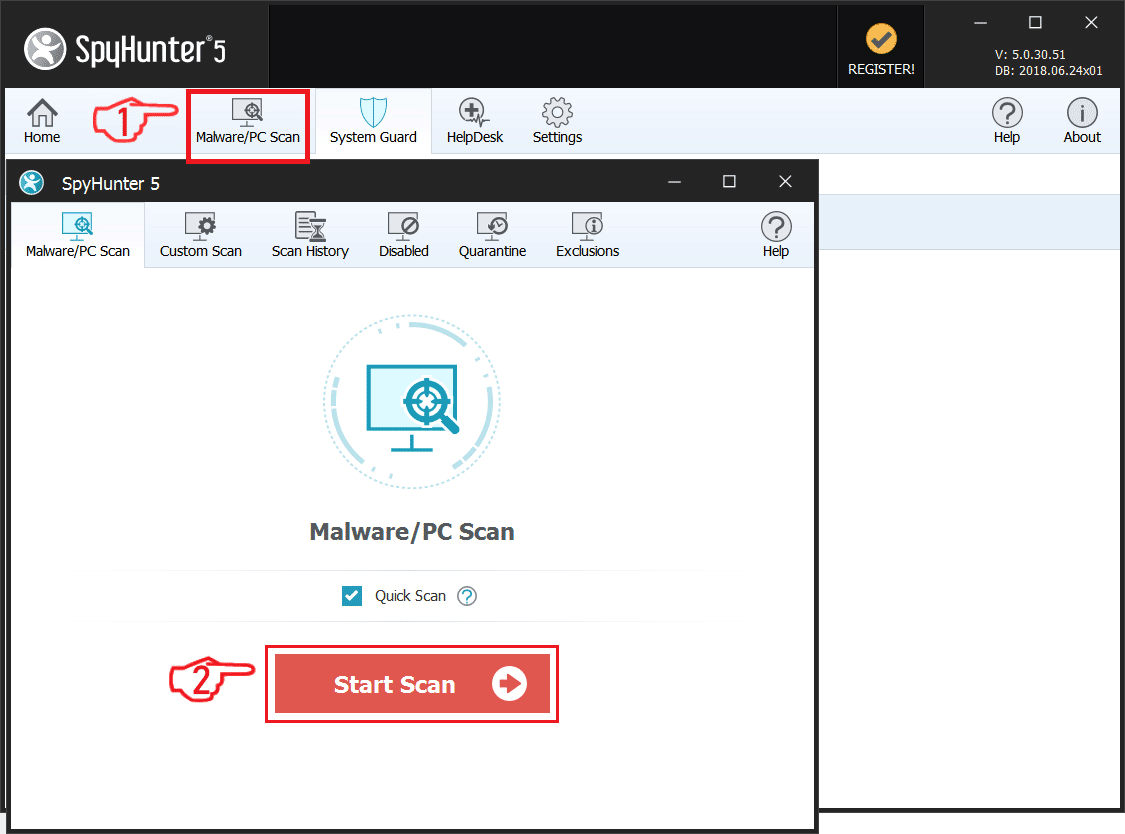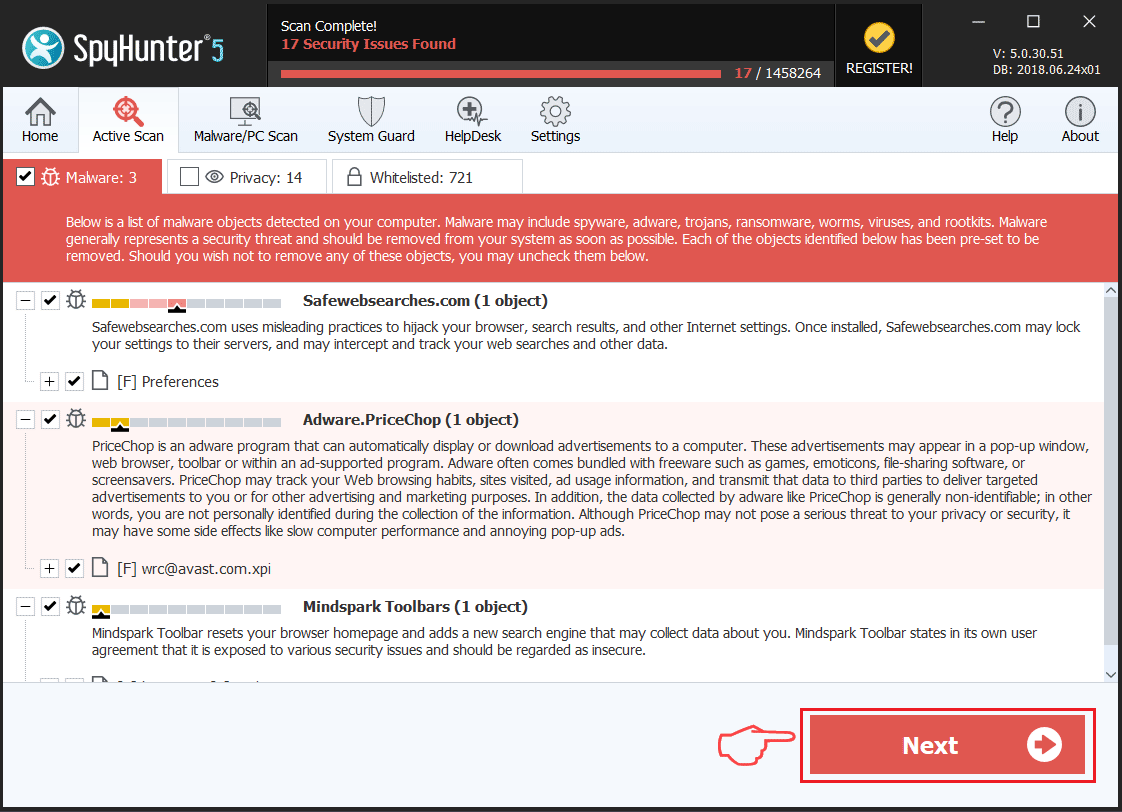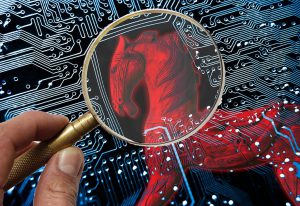 What is Floxif Trojan? How Dangerous is Floxif Malware? How to remove Floxif Trojan completely? How to stop threats, like Trojan.Floxif in the future?
What is Floxif Trojan? How Dangerous is Floxif Malware? How to remove Floxif Trojan completely? How to stop threats, like Trojan.Floxif in the future?
Floxif Trojan is a very dangerous malware, whose main goal is to create multiple files on the computers of victims, stop Antivirus software and steal data from your computer. Besides performing a lot of spyware activities, the Floxif Trojan may also download and install other viruses on your computer as well. These types of viruses’ main goal is to stay undetected on your computer and remain persistent. Read this article if you are here, because of a Floxif Trojan infection.

Threat Summary
| Name | Floxif Virus |
| Type | Trojan |
| Short Description | Part of the Floxif trojan family. Aims to slither fake system files in Windows and perform malicious activities of all types. |
| Symptoms | No symptomps, but the module symsrv.dll located in %System%. |
| Distribution Method | Spam Emails, Email Attachments, Executable files, fake software |
| Detection Tool |
See If Your System Has Been Affected by malware
Download
Malware Removal Tool
|
User Experience | Join Our Forum to Discuss Floxif Virus. |

Floxif Trojan – How Did I Get It and What Does It Do?
The Floxif Trojan’s main goal is to slither on your computer undetected. The Trojan used to infect computers via a corrupted version of CCleaner.
The newer versions are also detected with fake apps and other fake names, like the Trojan.Floxif.AppFIsh detection. Such apps may be open to download on various third-party software download sites, where they may pretend to be legimate software downloads, like helpers, torrent clients and many other apps of this type.
Another scenario of getting infected by Trojan.Floxif is if you open various different types of e-mail attachments, the main of which could be fake Invoices, receipts and other documents of different types.
Whatever the case of Floxif Trojan might be, the malware could drop the following virus files:
→ C:\Program Files\Common Files\system\symsrv.dll
C:\Program Files\Common Files\system\ffff.dll
C:\Program Files\Common Files\system\symsrv.dll
Furthermore, the Floxif Trojan may also create the following registry entries:
→HKLM\SOFTWARE\MICROSOFT\WINDOWS NT\CURRENTVERSION\WINDOWS|AppInit_DLLs (C:\PROGRA~1\COMMON~1\System\symsrv.dll)
HKLM\SOFTWARE\WOW6432NODE\MICROSOFT\WINDOWS NT\CURRENTVERSION\WINDOWS|AppInit_DLLs (C:\PROGRA~1\COMMON~1\System\symsrv.dll)
Then, the Floxif Trojan may begin to perform the following actions on your computer:
- Disable antivirus protection.
- Disable Windows Firewall.
- Interfere with Windows system processes.
- Take screenshots.
- Log keystrokes on your computer.
- Obtain saved passwords.
- Escalate privileges.
- Read & write files.
- Delete files.
- Record audio.
- Tap into your camera.
- Control all connected devices.
- Update itself.
- Download other viruses on the infected machine.
Removing Trojan.Floxif is very important, because the longer it stays on your machine, the more problems it can bring to it.

How to Fully Remove Floxif Trojan (Instructions)
In order to get rid of the Floxif Trojan, we would strongly recommend that you read the instructions unerneath. They have been created to help you to use the information in this article in combination with the steps and delete floxif. For maximum effectivenes and future protection and for faster removal, the usage of an advanced anti-malware software for the removal is strongly advisable. Scanning your computer with such software is a good idea, because it will save you a lot of manual removal time and also will protect your system against such threats in the future.
To remove Floxif Virus follow these steps:
Before starting the Automatic Removal below, please boot back into Normal mode, in case you are currently in Safe Mode.
This will enable you to install and use SpyHunter 5 successfully.
Use SpyHunter to scan for malware and unwanted programs
Preparation before removing Floxif Virus.
Before starting the actual removal process, we recommend that you do the following preparation steps.
- Make sure you have these instructions always open and in front of your eyes.
- Do a backup of all of your files, even if they could be damaged. You should back up your data with a cloud backup solution and insure your files against any type of loss, even from the most severe threats.
- Be patient as this could take a while.
- Scan for Malware
- Fix Registries
- Remove Virus Files
Step 1: Scan for Floxif Virus with SpyHunter Anti-Malware Tool



Step 2: Clean any registries, created by Floxif Virus on your computer.
The usually targeted registries of Windows machines are the following:
- HKEY_LOCAL_MACHINE\Software\Microsoft\Windows\CurrentVersion\Run
- HKEY_CURRENT_USER\Software\Microsoft\Windows\CurrentVersion\Run
- HKEY_LOCAL_MACHINE\Software\Microsoft\Windows\CurrentVersion\RunOnce
- HKEY_CURRENT_USER\Software\Microsoft\Windows\CurrentVersion\RunOnce
You can access them by opening the Windows registry editor and deleting any values, created by Floxif Virus there. This can happen by following the steps underneath:


 Tip: To find a virus-created value, you can right-click on it and click "Modify" to see which file it is set to run. If this is the virus file location, remove the value.
Tip: To find a virus-created value, you can right-click on it and click "Modify" to see which file it is set to run. If this is the virus file location, remove the value.Step 3: Find virus files created by Floxif Virus on your PC.
1.For Windows 8, 8.1 and 10.
For Newer Windows Operating Systems
1: On your keyboard press + R and write explorer.exe in the Run text box and then click on the Ok button.

2: Click on your PC from the quick access bar. This is usually an icon with a monitor and its name is either “My Computer”, “My PC” or “This PC” or whatever you have named it.

3: Navigate to the search box in the top-right of your PC's screen and type “fileextension:” and after which type the file extension. If you are looking for malicious executables, an example may be "fileextension:exe". After doing that, leave a space and type the file name you believe the malware has created. Here is how it may appear if your file has been found:

N.B. We recommend to wait for the green loading bar in the navigation box to fill up in case the PC is looking for the file and hasn't found it yet.
2.For Windows XP, Vista, and 7.
For Older Windows Operating Systems
In older Windows OS's the conventional approach should be the effective one:
1: Click on the Start Menu icon (usually on your bottom-left) and then choose the Search preference.

2: After the search window appears, choose More Advanced Options from the search assistant box. Another way is by clicking on All Files and Folders.

3: After that type the name of the file you are looking for and click on the Search button. This might take some time after which results will appear. If you have found the malicious file, you may copy or open its location by right-clicking on it.
Now you should be able to discover any file on Windows as long as it is on your hard drive and is not concealed via special software.
Floxif Virus FAQ
What Does Floxif Virus Trojan Do?
The Floxif Virus Trojan is a malicious computer program designed to disrupt, damage, or gain unauthorized access to a computer system. It can be used to steal sensitive data, gain control over a system, or launch other malicious activities.
Can Trojans Steal Passwords?
Yes, Trojans, like Floxif Virus, can steal passwords. These malicious programs are designed to gain access to a user's computer, spy on victims and steal sensitive information such as banking details and passwords.
Can Floxif Virus Trojan Hide Itself?
Yes, it can. A Trojan can use various techniques to mask itself, including rootkits, encryption, and obfuscation, to hide from security scanners and evade detection.
Can a Trojan be Removed by Factory Reset?
Yes, a Trojan can be removed by factory resetting your device. This is because it will restore the device to its original state, eliminating any malicious software that may have been installed. Bear in mind that there are more sophisticated Trojans that leave backdoors and reinfect even after a factory reset.
Can Floxif Virus Trojan Infect WiFi?
Yes, it is possible for a Trojan to infect WiFi networks. When a user connects to the infected network, the Trojan can spread to other connected devices and can access sensitive information on the network.
Can Trojans Be Deleted?
Yes, Trojans can be deleted. This is typically done by running a powerful anti-virus or anti-malware program that is designed to detect and remove malicious files. In some cases, manual deletion of the Trojan may also be necessary.
Can Trojans Steal Files?
Yes, Trojans can steal files if they are installed on a computer. This is done by allowing the malware author or user to gain access to the computer and then steal the files stored on it.
Which Anti-Malware Can Remove Trojans?
Anti-malware programs such as SpyHunter are capable of scanning for and removing Trojans from your computer. It is important to keep your anti-malware up to date and regularly scan your system for any malicious software.
Can Trojans Infect USB?
Yes, Trojans can infect USB devices. USB Trojans typically spread through malicious files downloaded from the internet or shared via email, allowing the hacker to gain access to a user's confidential data.
About the Floxif Virus Research
The content we publish on SensorsTechForum.com, this Floxif Virus how-to removal guide included, is the outcome of extensive research, hard work and our team’s devotion to help you remove the specific trojan problem.
How did we conduct the research on Floxif Virus?
Please note that our research is based on an independent investigation. We are in contact with independent security researchers, thanks to which we receive daily updates on the latest malware definitions, including the various types of trojans (backdoor, downloader, infostealer, ransom, etc.)
Furthermore, the research behind the Floxif Virus threat is backed with VirusTotal.
To better understand the threat posed by trojans, please refer to the following articles which provide knowledgeable details.


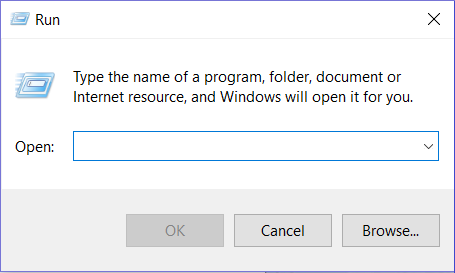
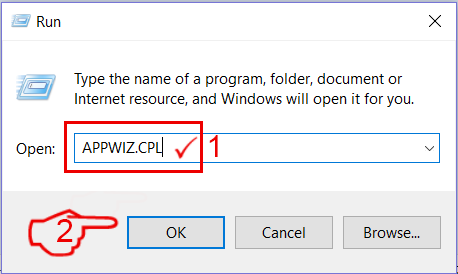
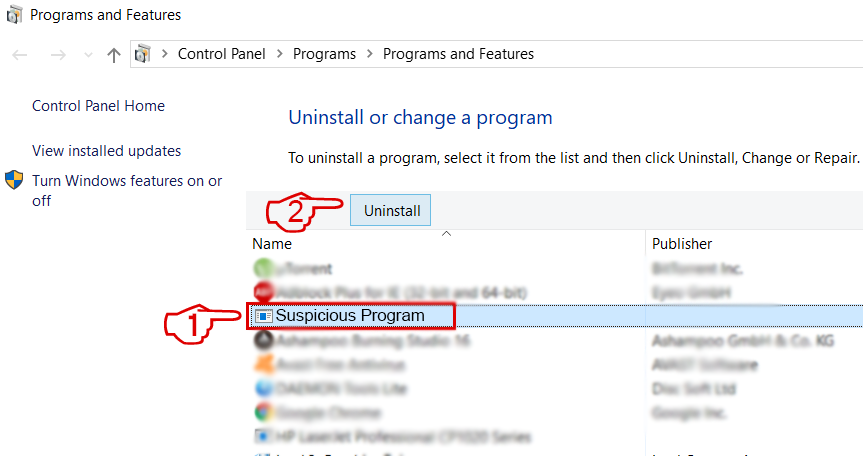
 Remove an extension from Microsoft Edge
Remove an extension from Microsoft Edge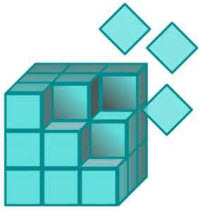 Fix registry entries created by Floxif Virus on your PC.
Fix registry entries created by Floxif Virus on your PC.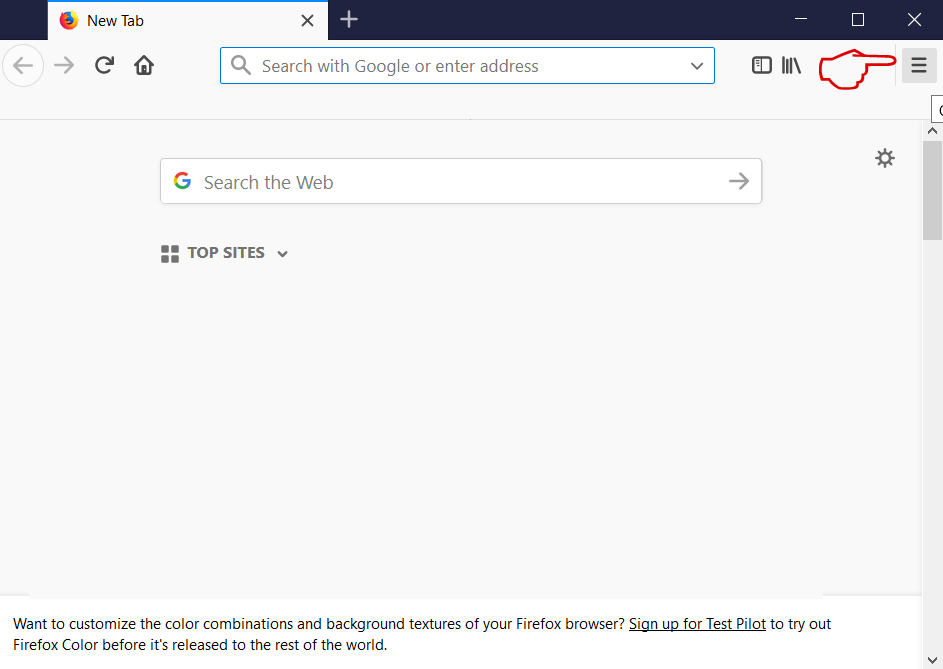
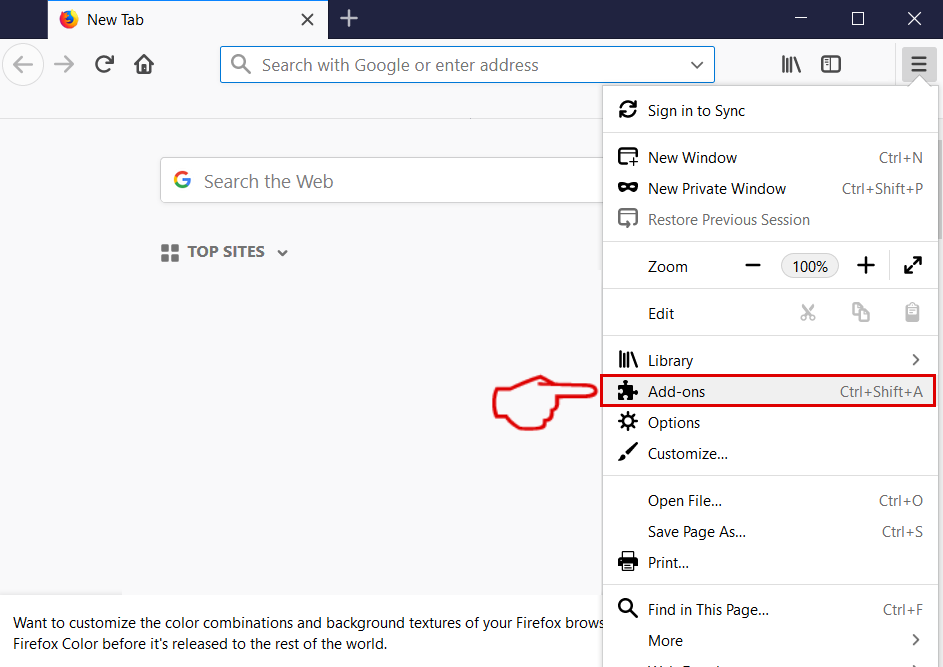
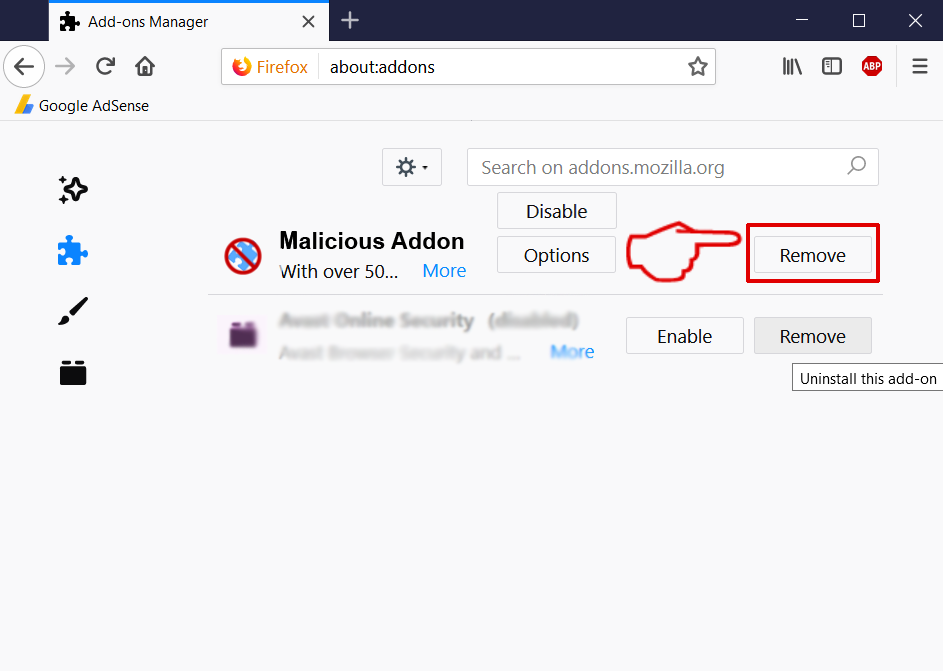
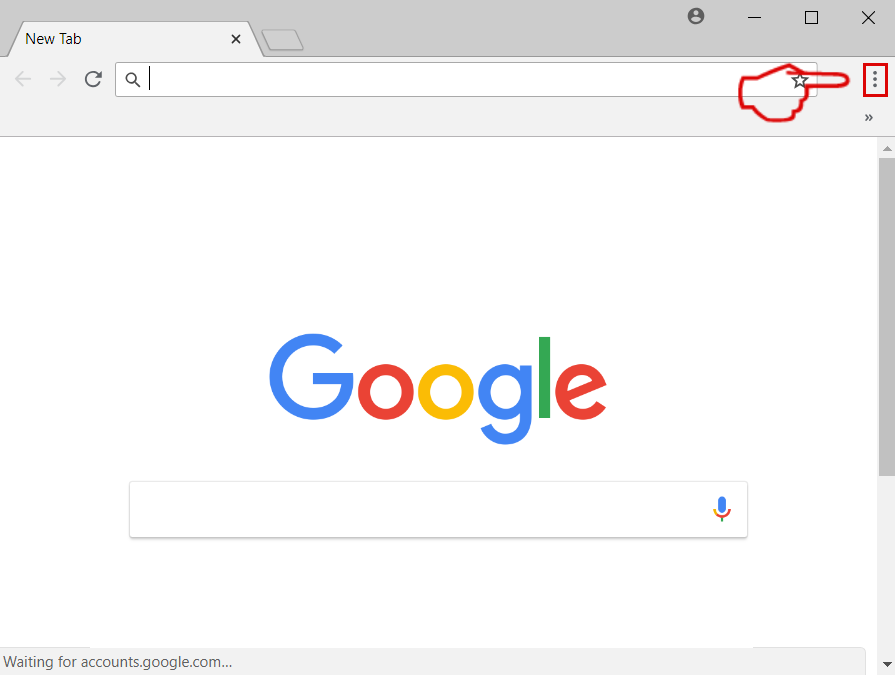
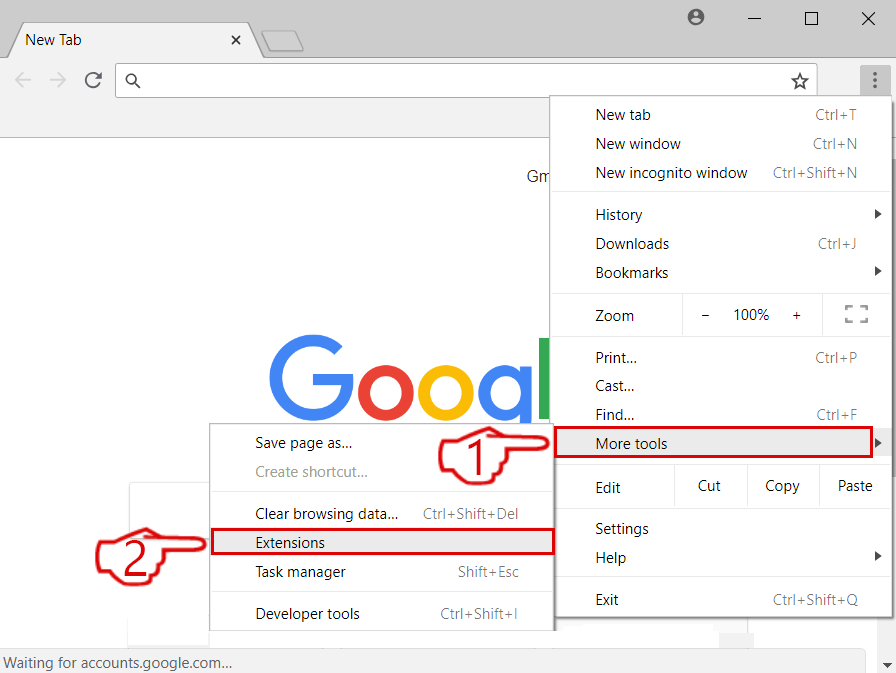
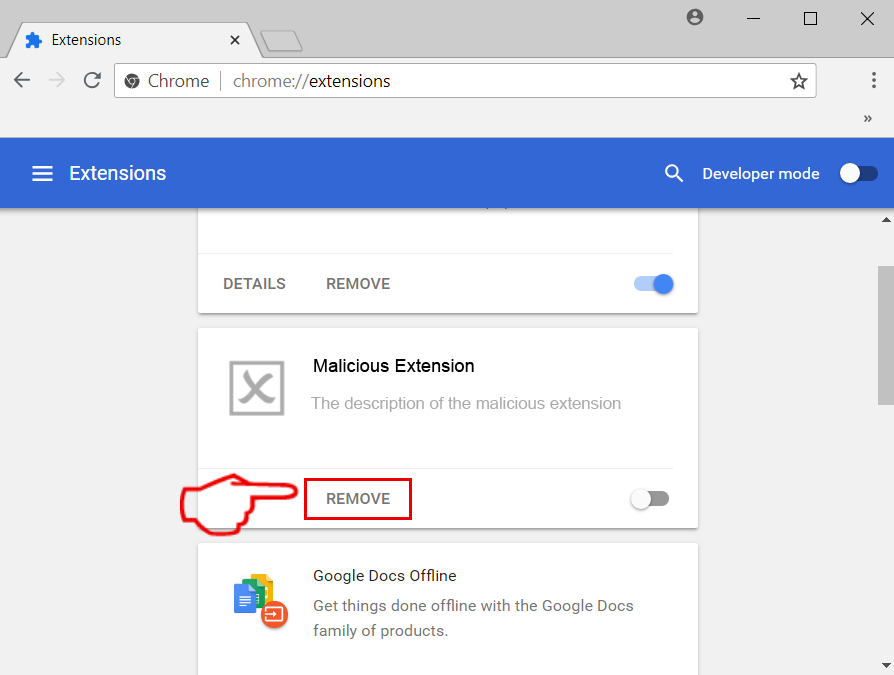


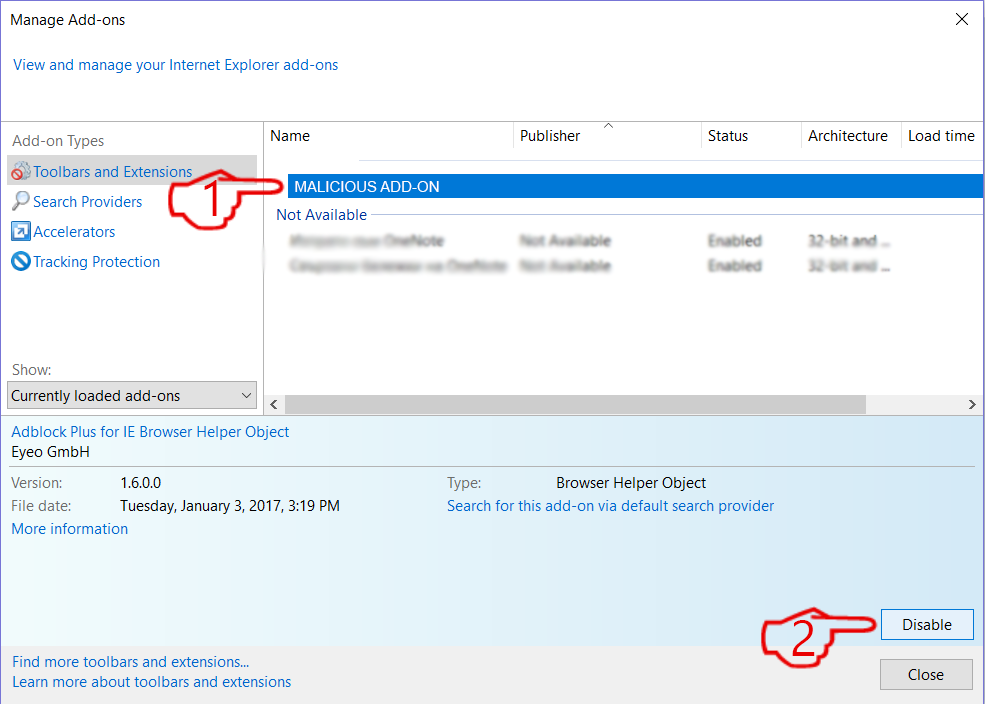

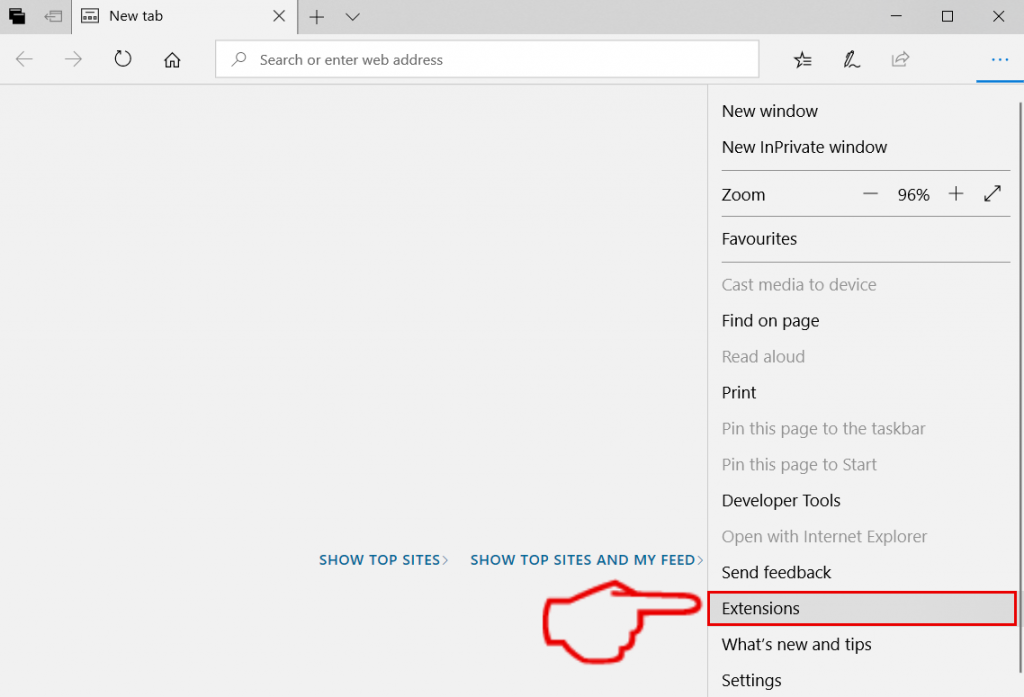
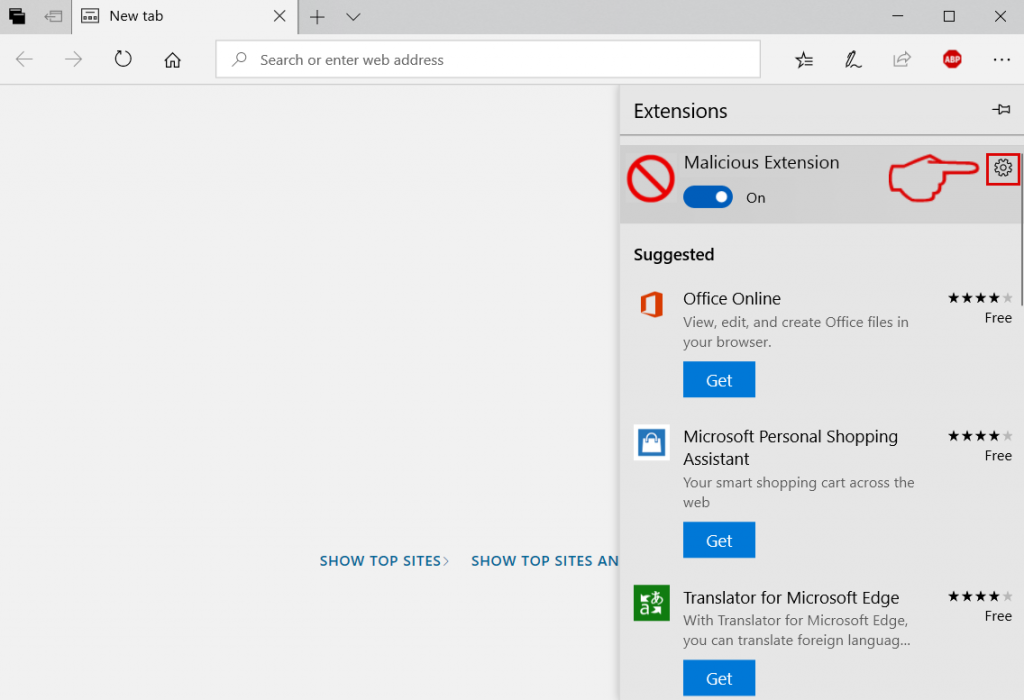

 1. Install SpyHunter to scan for Floxif Virus and remove them.
1. Install SpyHunter to scan for Floxif Virus and remove them.